“Crazy Rich Asians” and Film Representation in the 21st Century
Why this film is “crazy” good for Asian representation in Hollywood.
The all-East Asian cast, director, (Jon M. Chu), and author, (Kevin Kwan), of “Crazy Rich Asians” on the red carpet at the movie’s Los Angeles premiere.
1993.
The box office is packed to the brim with star-studded smash hits like “Jurassic Park,” “Schindler’s List,” and “Sleepless in Seattle.”
But one new release appears different from all the rest, and for a very particular reason: it features an almost entirely East Asian cast.
“The Joy Luck Club”, a film about the relationships between Chinese-American mothers and daughters, was one of the first Hollywood tellings of an Asian-American story by a primarily Asian cast.
Now fast-forward 25 years to 2018. The box office is flaunting big-budget summer blockbusters, like “Avengers: Infinity War” and “Ocean’s 8.” One movie release appears different from all the rest, and for the same reason as “The Joy Luck Club” 25 years prior.
“Crazy Rich Asians,” a rom-com based off of the 2013 novel of the same name, is the first film of the 21st century from a major Hollywood studio to feature a primarily Asian cast, while telling an Asian-American story.
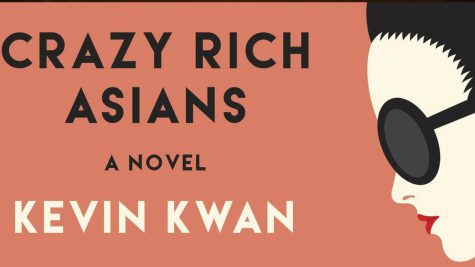
The book that the movie is based on.
The plot tells the story of Rachel Chu, a Chinese-American economics professor, who is asked by her boyfriend, Nick Young, to accompany him on a trip to his native country of Singapore for a friend’s wedding. Little does she know, Young’s family is extremely wealthy, and she is suddenly thrust into a world of designer dresses, million-dollar jewelry and the constant pressure of being “Nick Young’s girlfriend.”
“Crazy Rich Asians” comes at an important social and political crux in American history: a time of intense polarization and debate over race, gender and socioeconomic status.
Hollywood has clearly not been immune to this debate.
Over the past several years, the movie industry has come under fire for various issues, particularly that of representation. These issues include the practice of “whitewashing”, or casting white actors in roles designated for non-white characters.
This has been a particularly pervasive problem for the Asian community; when there are roles written for Asian characters, they are given instead to white actors.
Take, for example, Scarlett Johansson in 2017’s “Ghost in the Shell”, in which Johansson, a white actress, plays a part written for a character portrayed as Japanese. Or Tilda Swinton in 2016’s “Doctor Strange”, where Swinton, a white woman, plays the part of a Tibetan monk.
But whitewashing in films is not a new phenomenon. In fact, it has been going on for decades — even since before Hollywood’s so-called “Golden Age.”
Marlon Brando, a white man, had hair and makeup to mimic the features of an East Asian man in the 1956 film “The Teahouse of the August Moon.” Mickey Rooney underwent similar cosmetic alterations to play the Japanese character of Mr. Yunioshi in the cult film “Breakfast at Tiffany’s.”
These films represented antiquated ideas of Asian people: caricatures and empty shells of what the overwhelmingly white movie industry thought we looked, acted and sounded like.
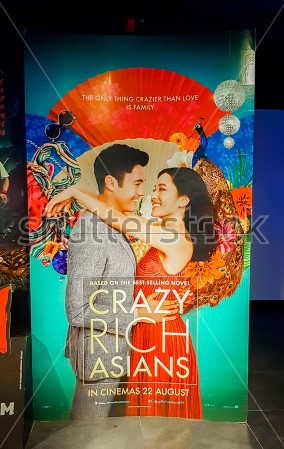
The film’s official theatrical poster
“Crazy Rich Asians” is a modern, fresh take on Asian people, and particularly Asian-American people. It features not only a broad range of characters, all of whom are round and unique in their own right, but also a perspective on the Asian-American experience that stands out from most depictions.
Not only does it feature a cast of almost entirely Asian actors, but it also features them in roles that are typically not held by Asian characters. For example, every male love interest in the film is East Asian, something traditionally unseen in mainstream media portrayals of Asian men.
“It got rid of a lot of stereotypes surrounding Asians,” said junior Mia Bebko, who is Chinese-American and spent much of her life growing up in the movie’s primary setting of Singapore.
These characters are not simply one-dimensional representations of the same tired stereotypes and tropes many audiences are accustomed to seeing on the big screen; they are real, dimensional people.
For many, though, the most relatable story in the film may not be the ‘crazy rich’ lifestyle led by most of the film’s characters. That story lies in the plight of the main character: Rachel Chu, played by “Fresh Off the Boat” actress Constance Wu.
Chu is an ABC, which means she was born in America to Chinese immigrant parents. When she goes to Singapore, she is exposed to the depths and intricacies of Chinese culture in a way she has never experienced before, which become a struggle as she tries to fit in with Nick’s family and friends.
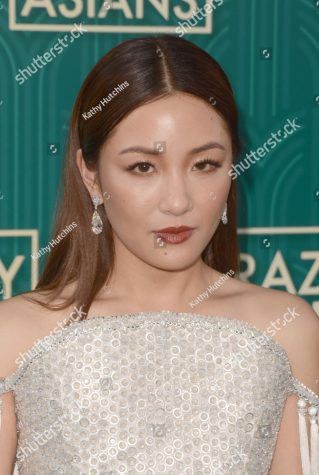
Actress Constance Wu on the red carpet at the movie’s Los Angeles premiere.
To many Asian-Americans, this is a very real problem; the struggle of being “too Asian” for America, but not “Asian enough” upon returning to your native country.
As an Asian-American who was born and raised in America to immigrant parents, I have spent much of my life in that gray area.
America is the only nation I have ever inhabited. This country has raised me.
However, despite speaking perfect American English with no trace of an accent, or having an American birth certificate, I am still not considered “American enough” due to my heritage and
ethnicity. When I go back to my family’s homeland of South Korea, I am not “Korean enough” for them, because of my nationality.
So seeing Rachel Chu’s similar experience was, in many ways, deeply personal and relatable for many audience members. I was certainly no exception.
“[Crazy Rich Asians] mattered to me because I saw bits and pieces of myself and my family in all the characters,” said junior Jacob Kim, who is of Vietnamese and Korean descent.
“That was a first for me.”
For many people, film and television are not simply a means of entertainment; they are platforms in which to see themselves being represented. They are vessels with which to express the diverse, varied stories of their audiences.
However, expression of these stories is rare, especially for Asian-Americans.
“It’s not common to see minorities play big roles in Hollywood movies,” said junior Grace Cho, who is Korean-American.
This is certainly true. According to a study on Asian representation in media conducted by the City University of New York, Asians represent only 5.1 percent of speaking and named roles across film, television and digital streaming platforms.
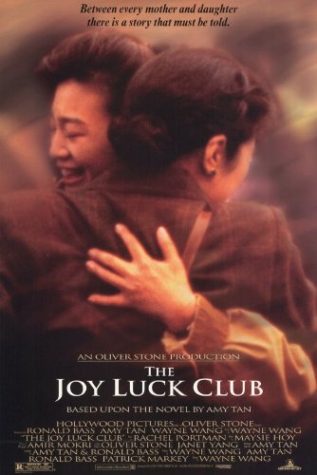
The original theatrical poster for “The Joy Luck Club.”
To some, this statistic may not appear to be significant. Why would it? Asian people only comprise about five percent of the American population anyway — our representation is proportional to our demographics.
But the problem does not lie in the sheer volume of representation alone. It lies in the way Asians are treated by Hollywood: how we are constantly glossed over, brushed to the margins, always treated as the second-best option to white people — even when the roles are written specifically for us.
“At least for me, I didn’t see a lot of Asian characters in movies. It was something you never really saw,” said Bebko. “I never had something I could relate to on a deeper level.”
With the release of “The Joy Luck Club,” Asian-Americans had that thing they could relate to on a deeper level. We did not get another opportunity to have that connection for another 25 years.
When that opportunity did come, however, it certainly left its mark.
“Crazy Rich Asians” recently passed $100 million at the box office, a historic achievement for a rom-com. It has also been received favorably by critics, with a 93 percent rating on movie review website Rotten Tomatoes.
With the arrival and subsequent success of “Crazy Rich Asians”, Hollywood’s perspective may be shifting for good. The film represents a beacon of hope for the future of Asian representation in mainstream media.
But the only way to keep this ball rolling is to keep the conversation relevant.
Don’t allow it to die out.
Audiences must continue to demand that their stories be told fairly and accurately, and be critical when it isn’t.
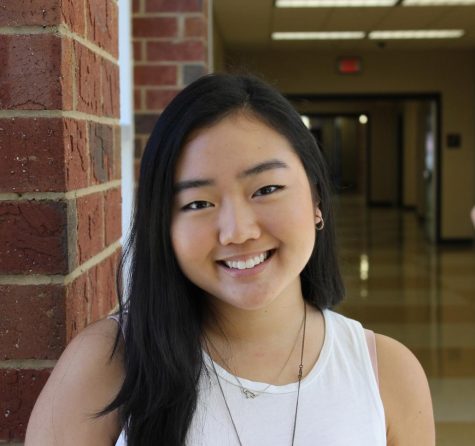
Cherise Kim is a senior and a fourth-year reporter. She serves as President for Model UN, Young Democrats and National Social Studies Honors...

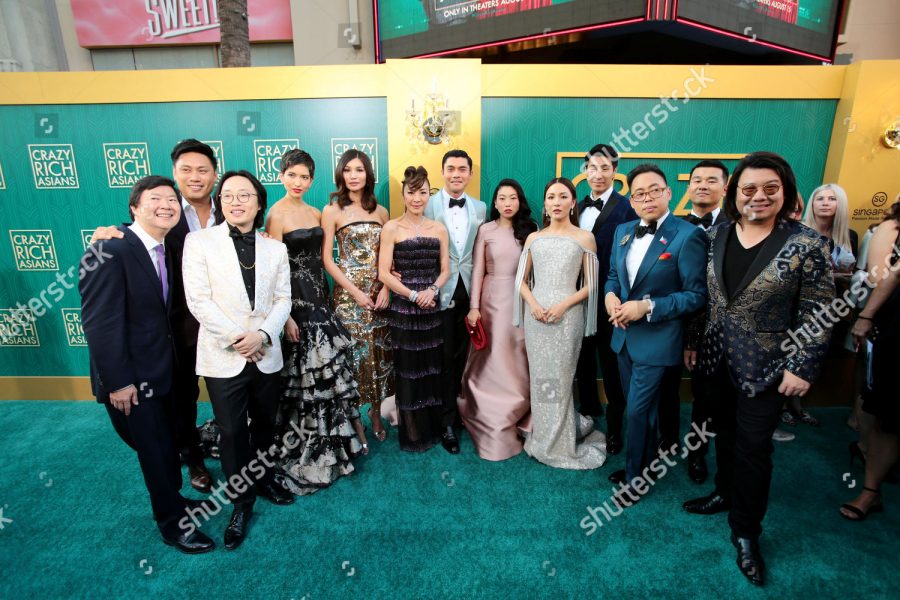
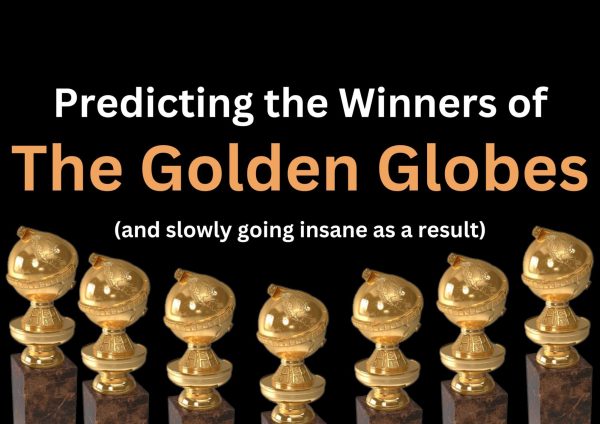

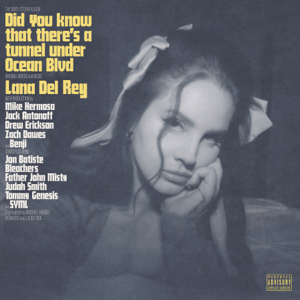
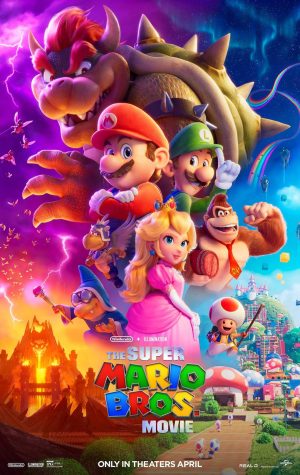
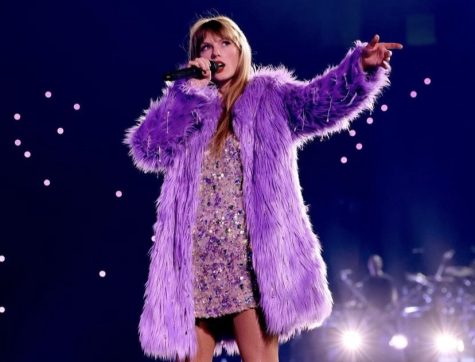
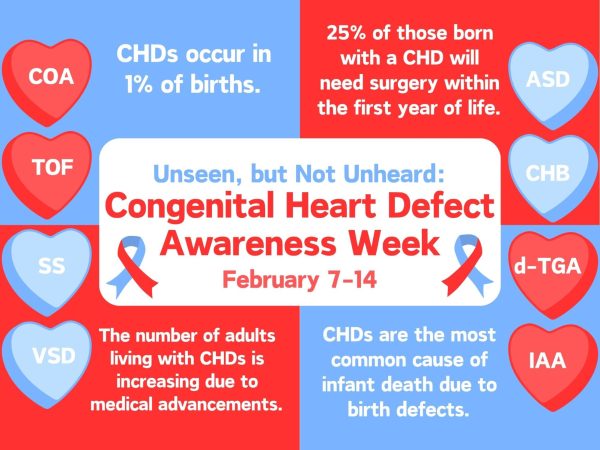


Lynna Lee • Sep 27, 2018 at 1:11 pm
Interesting and well written article!